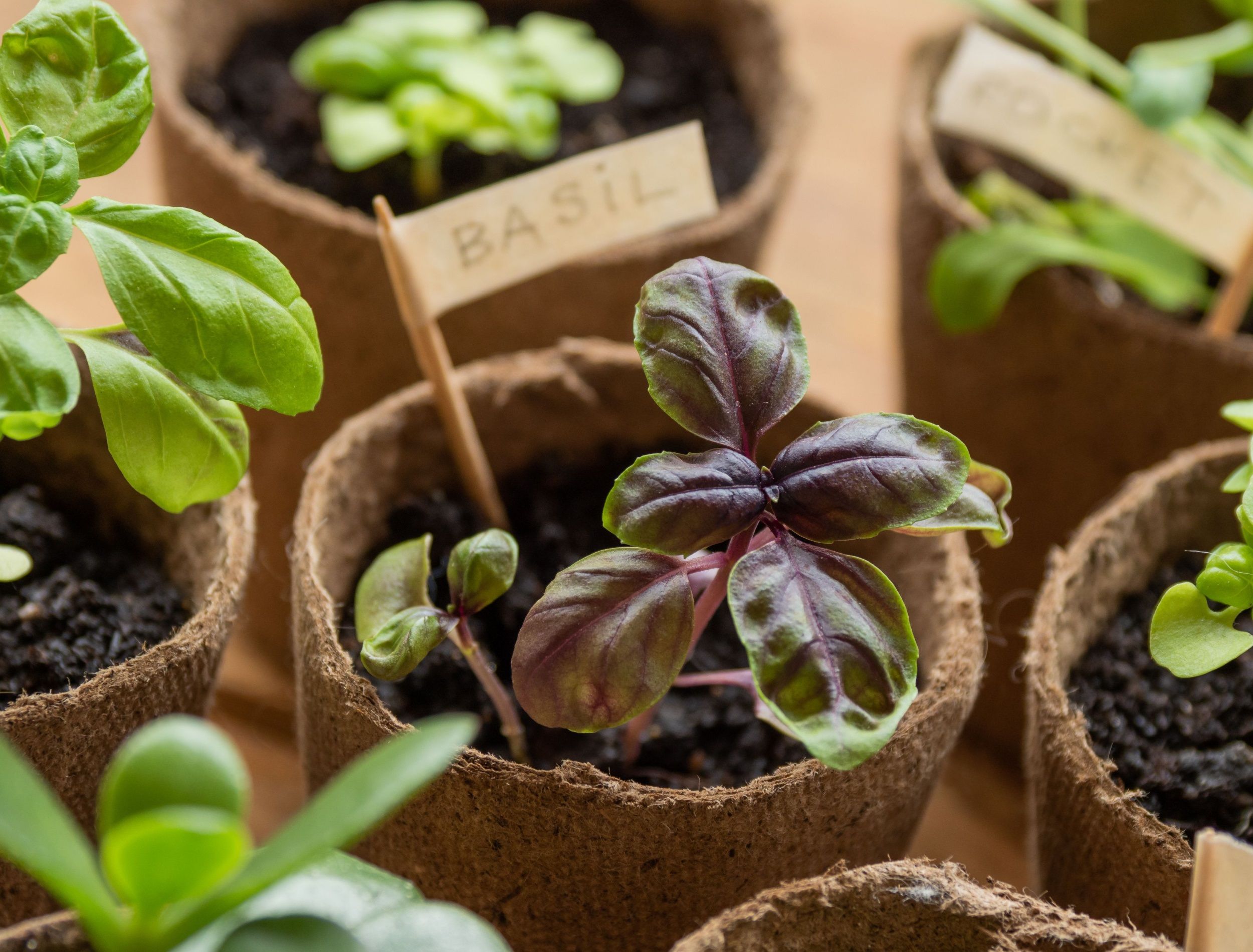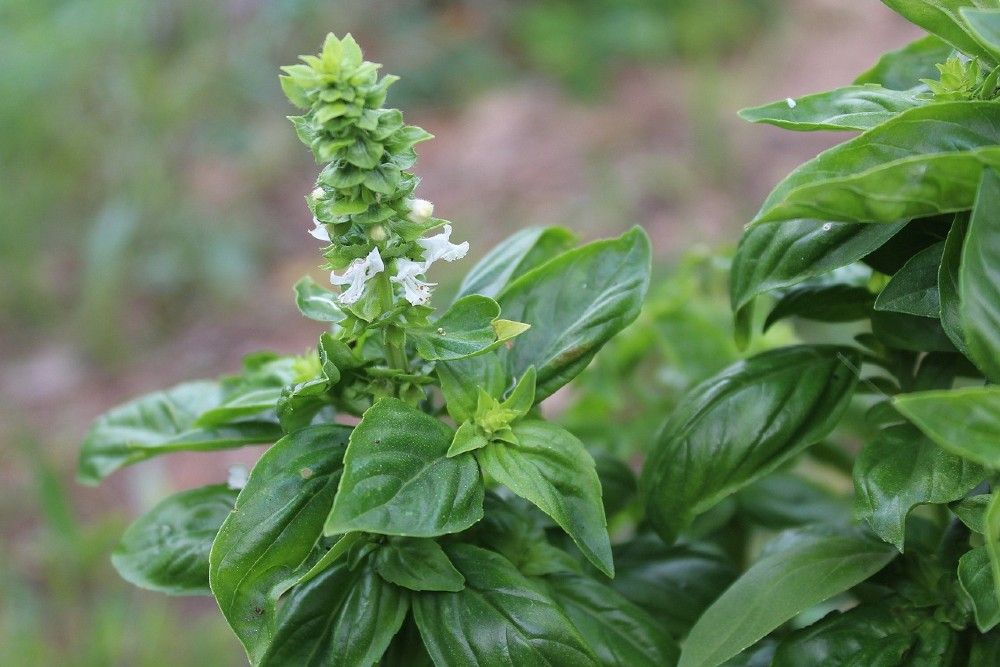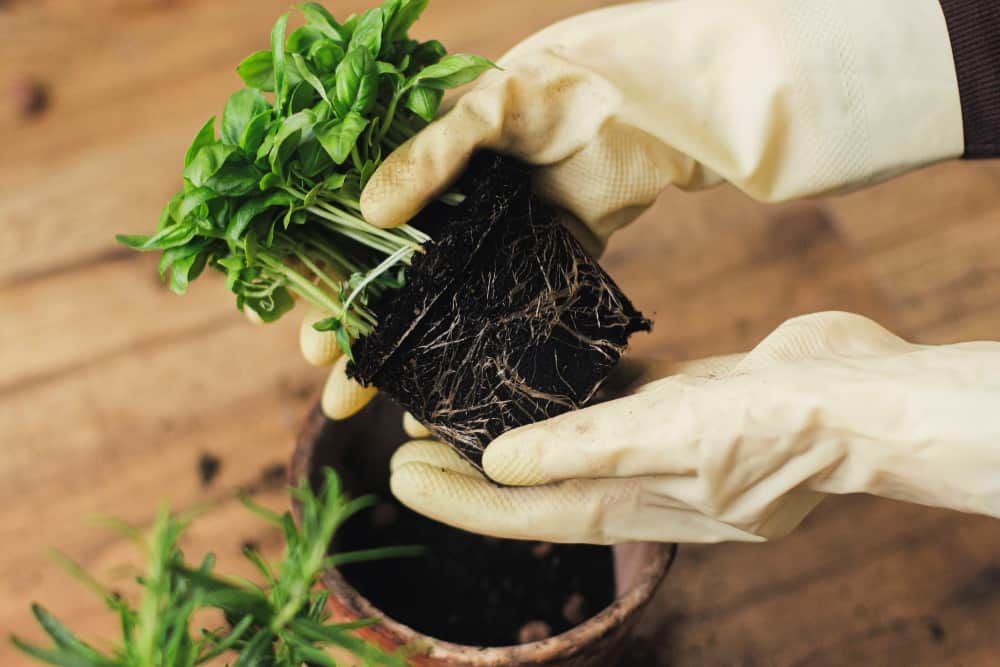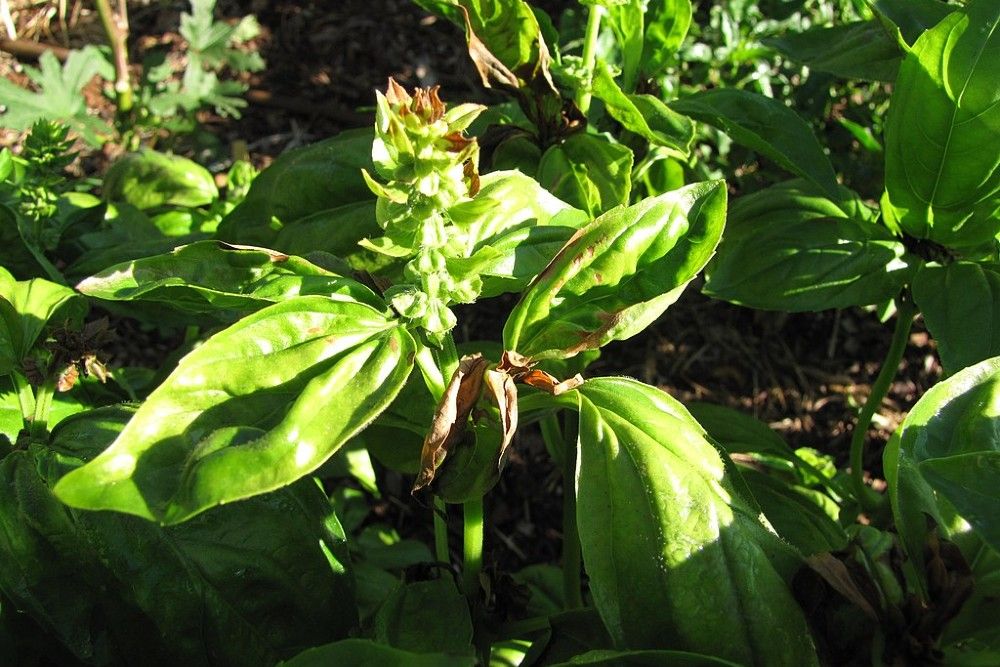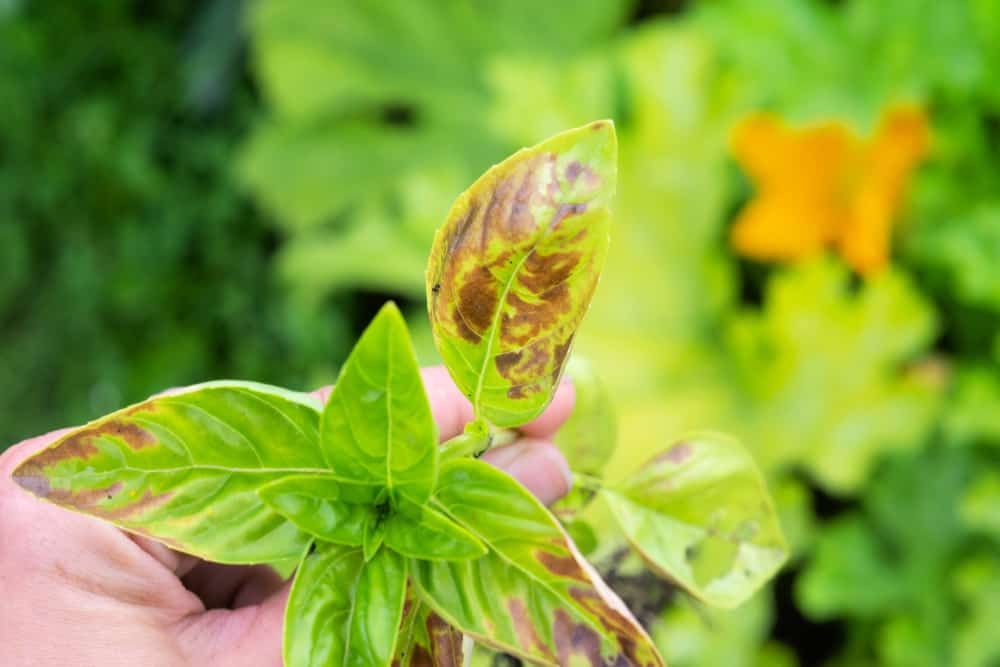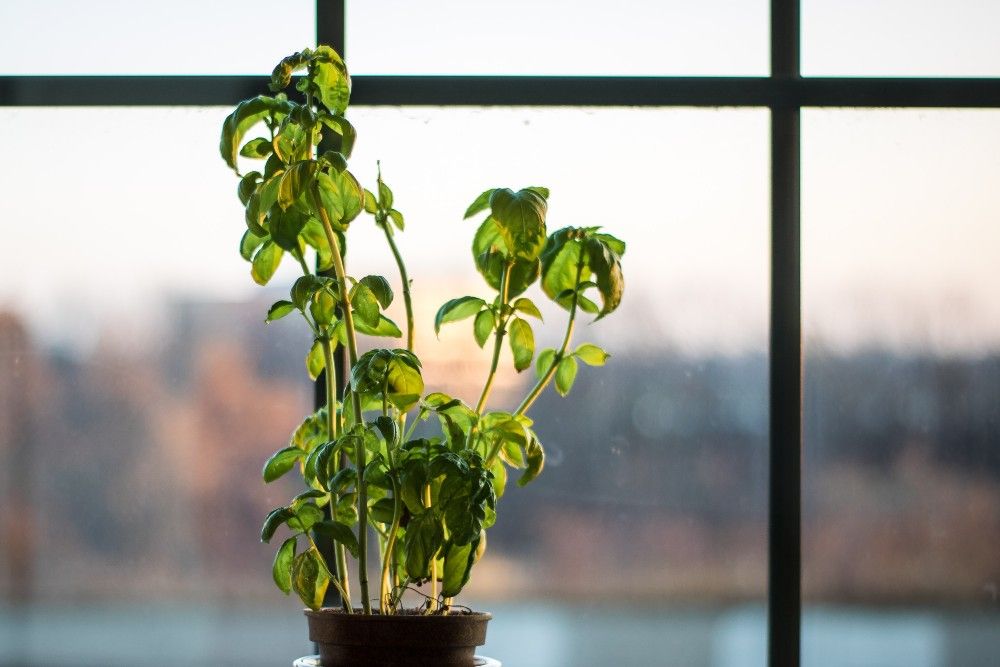Basil is a potent-smelling and delicious herb that can be a bit pricey to buy fresh but is easy to grow from seed or cuttings at home. However, if you’ve ever noticed the stem of your basil plant turning brown, you may be wondering what’s happening to your precious herb.
It can be disheartening to see your plant struggling, but it is possible to turn things around if you react fast enough. Read on to learn the common reasons why basil plant stems turn brown and how you can keep your basil plant thriving.
Natural Maturity
Image credit: Alicja via Pixabay
After basil flowers produce seeds, the stems turn brown and woody. This is a normal part of the annual lifecycle and isn’t an indication of a disease or problem. However, to avoid basil bolting, many gardeners prune the flowers as soon as they form. This prompts the plant to keep growing leaves and producing more delicious basil.
If your plant does produce seeds, be sure to save them to plant again, either indoors or in your garden. This is also a good time to harvest the remaining basil before the plant starts to deteriorate. You can even eat the flowers!
Root Rot
Image credits: Bogdan Sonjachnyj via Shutterstock
A common problem gardeners experience with many plants, including basil, is root rot. This happens when the soil is too wet, and the plant doesn’t have enough oxygen. Root rot can be a result of overwatering, heavy rains, and/or poor soil or pot drainage.
One of the first signs of root rot is the browning of the stem. However, by this point, there will also be significant damage to the roots. Remove plants with root rot from the soil and trim off damaged roots before replanting.
When growing basil, be sure to plant it in sterile, well-draining soil. If container gardening, the pot should have holes for proper drainage and air circulation. If planting your basil in the ground, select an area where water doesn't pool.
Fungal Infection
Image credit: Author Forest and Kim Starr via Creative Commons
Rot root can also be a result of a fungal infection. Fusarium wilt is one of the more common diseases found in basil, and the browning of the stems is most noticeable at the bottom. In addition, true to its name, wilting of the leaves is a key symptom.
High ammonium-nitrogen levels in the soil tend to increase the prevalence of this disease. To avoid this, be mindful of how much you fertilize during the winter and spring months. Also, be sure to use low ammonium fertilizers.
Since fungi thrive in warm, humid environments, a combination of warm weather and rain can spell disaster for outdoor crops. Unfortunately, there is no cure for Fusarium wilt and similar fungal infections. If you suspect you are dealing with fungi, destroy all affected plants as the spores can travel very quickly, infecting other plants.
Pathogens can live in the soil for several years. For potted plants, discard the soil as well. In your basil is in garden beds, crop rotation for three years or longer is necessary to filter out the disease. When performing this, it's best to use plants in the mint family as they will not be affected by Fursarium wilt.
Other Diseases
Image credits: Abduramanova Elena via Shutterstock
There are several other diseases that affect basil, many of which you may notice with brown stems as a symptom. Leaf Spot, caused by bacteria, is the most common that presents with brown or black streaks on the stems. The leaves will also have brown or black spots, making this disease easier to identify.
High humidity, in addition to the leaves being wet increases the prevalence of this disease. Preventative measures include avoiding overhead watering of basil that wets the leaves and ensuring adequate spacing between plants for proper air circulation. Similar to fungal infections, there is no cure for most basil diseases, and the removal of infected plants is the best course of action.
Too Cold
Image credits: Lesly Juarez via Unsplash
Basil prefers temperatures between 50 and 70 degrees Fahrenheit, and the stems can turn brown and woody when temperatures are cooler. This is common in the fall months for outdoor crops and is a defense mechanism against cold conditions. Frost blankets and row covers are useful tools to keep crops warm in the spring and fall months.
Container gardening is also a fantastic option for basil as it allows for easy transport inside during cold spells, or over winter for a fresh supply of the Italian herb all year round.
Keeping It Green
Basil is a popular herb that is an excellent addition to any garden or herb container. However, when something is wrong with your plant it can sometimes be hard to determine what the root cause is. After natural maturity, the most common causes of basil stems turning brown is root rot, fungi, bacteria, and the cold. Be sure to check on your plant every time you water them and act fast if you notice brown on your basil plants.
Have you ever noticed the stems on your basil plants turning brown? Share your experience in the comments!

